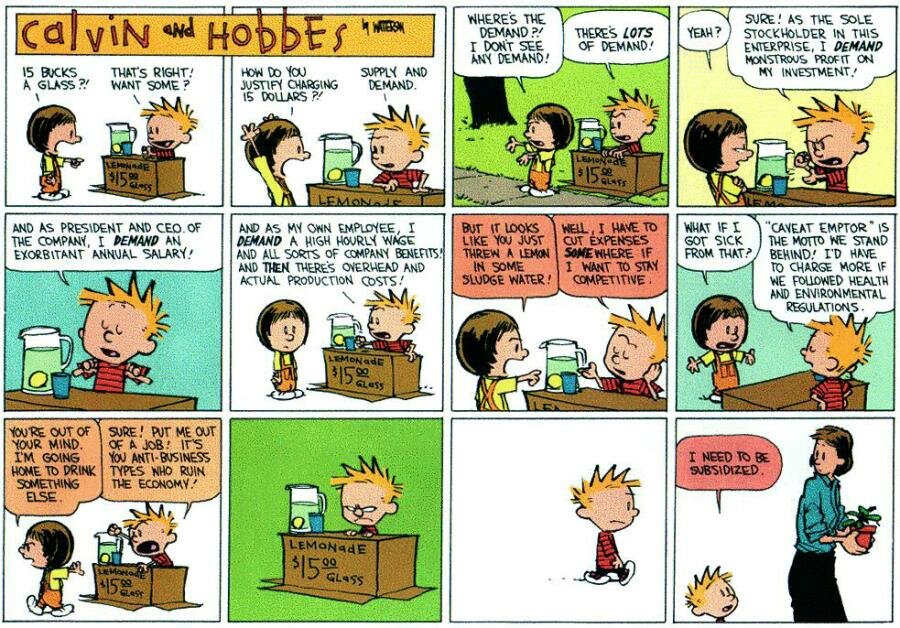The “hard problems” are advertising, pricing, and less defined processes such as new product introductions, he said. “These are activities that usually go on in a firm without any real, accurate quantitative ways of measuring whether or not what you’re doing is working,” Levitt said.
“Pricing may be the best example of all,” he said. “Firms don’t set prices in the way economists think they should, with simple formulas about marginal costs and markups. In the real world, representatives of finance, marketing, and human resources sit around the room and debate what the price will be. Typically, there is not very much experimentation.”
Businesses need to perform more randomized experiments in natural settings, Levitt said. Companies such as Subway, Starbucks, and Capital One pick random markets to experiment with prices, products, and even the presentation of their products, he said. “Then they see whether or not good things happen in those markets, relative to other markets,” Levitt said.
Both business and government could use more experimentation. Vast amounts of money are sometimes wasted pursuing futile strategies.


